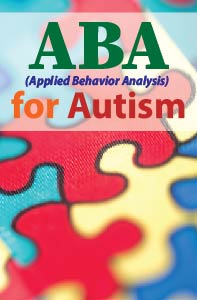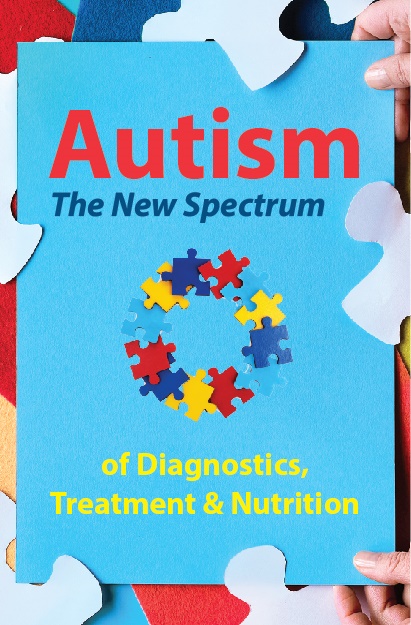We are launching our new website logins, account creation, and purchases are restricted. Any course activity is not being recorded until the new site has launched. Expected Launch Time 8:00pm EST Nov 20th.
SALE
$14.5
REG. $29

Related Courses

Applied Behavior Analysis (ABA) for Autism

Helping Your Young Client Persevere in the Face of Learning Differences

Autism: The New Spectrum of Diagnostics, Treatment & Nutrition

Autism Spectrum Disorder: Evidence-Based Screening & Assessment
How Temperamental Differences Affect Young Children
Lauren Ehrenreich, MSSA, LISW-S
CE Credit: 2 Hours
Target Audience: Psychology CE | Counseling CE | Social Work CE | Occupational Therapy CEUs | Marriage & Family Therapy CE | School Psychology CE | Teaching CE
Learning Level: Introductory
Course Abstract
Part 1: 47 minutes, 48 seconds
Part 2: 56 minutes, 05 seconds
Part 3: 28 minutes, 43 seconds
Closeout Course #20-83 | 2014 | 14 posttest questions
Learning Objectives

Professional Development Resources is an AOTA Approved Provider of professional development. Course provider ID# 3159. This distance learning-independent course is offered at 0.2 CEUs, introductory level, OT Service Delivery]. The assignment of AOTA CEUs does not imply endorsement of specific course content, products, or clinical procedures by AOTA.
Professional Development Resources is CE Broker compliant (#50-1635 - all courses are reported within two business days of completion).
This video course provides instant access to the course video, course handout, and the CE test. The CE test is open-book (you can print the test to mark your answers on it while watching the course video).
Successful completion of this course involves passing an online test (80% required, 3 chances to take) and we ask that you also complete a brief course evaluation. Click here to learn more.
Have a question? Contact us. We’re here to help!
Lauren Ehrenreich, MSSA, LISW-S, graduated from Case Western Reserve University as a licensed independent social worker and social work supervisor. For 13 years she has been treating children, adolescents and adults individually and as a family/marriage therapist. Lauren is trained in CBT, DBT, psychodynamic theories, and family systems. Her focus is on strength based, holistic treatment tailored to the individual needs of the client.
Disclosure
Financial: Ms. Ehrenreich is a Licensed Social Worker in independent practice and receives speaker fees for her presentations.
Nonfinancial: No relevant nonfinancial relationship exists.
Customer Reviews